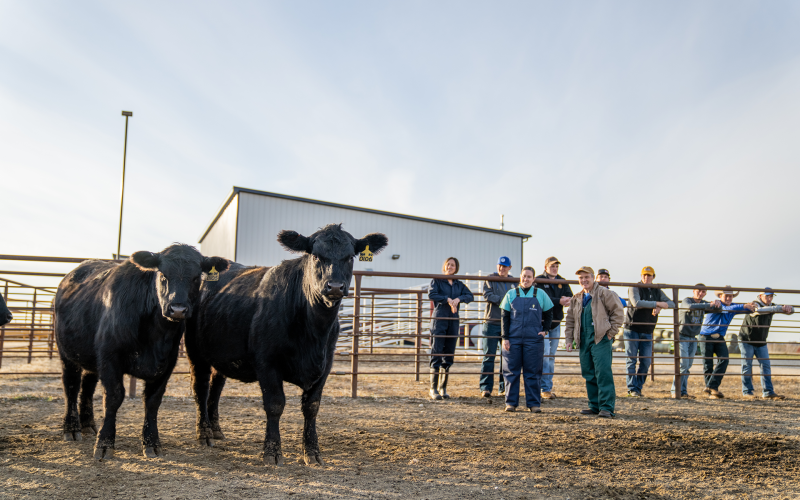Written with contributions by Sydney Vanderhoff, former SDSU Extension Beef Nutrition Field Specialist.
Implanting nursing calves is a cost-effective way to increase weaning weight, hence improving the cow-calf producer’s financial bottom-line. A 4 to 6% improvement in gain has been reported by implanting nursing calves, according to research from Oklahoma State University. This could translate to an additional 15 to 30 pounds of weaning weight. With implants costing approximately $2, this means every $1 spent on implants will result in approximately a $15 to $20 return for producers selling calves at weaning.
Choosing the Right Implant
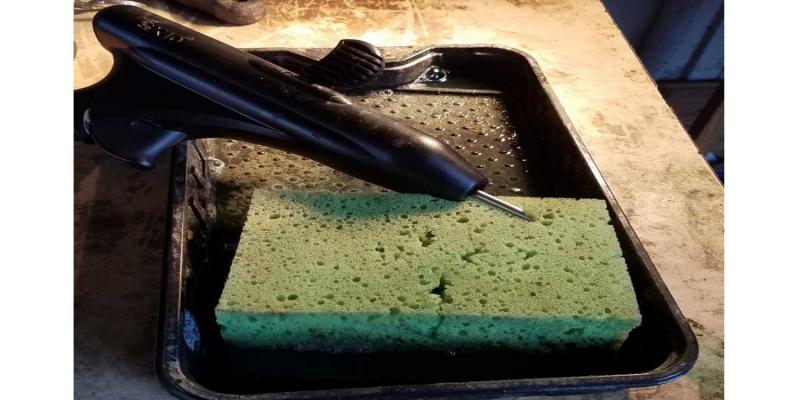
Implants can be quickly administered at branding, along with calfhood vaccinations. Here are a few things to consider when attempting to decide which implant is right for your operation.
- None of the implants approved for nursing calves are approved for calves less than 30 to 45 days-of-age.
- Future Replacement Heifers: Research has indicated the one implant between 2 months-of-age and weaning has been shown to have little impact on future productive performance of heifers. Typically, if heifers are selected prior to branding, implantation is not recommended.
- Future Bulls: Bull calves should not be implanted, as it can negatively impact reproductive development.
- Cattle being implanted must also be consuming a high-quality diet to maximize the effect of the implant. Therefore, weaned cattle that will be fed low-quality forage through the winter will not benefit from implants as much as cattle on a higher plane of nutrition.
- Calves destined for a natural or organic market should not be implanted.
| Implant | Minimum age | Steer | Heifer | Ingredient/dose | Payout |
|---|---|---|---|---|---|
| Ralgro® | 2 months | X | X | 36 g zeranol | 70 to 100 days |
| Compudose® | 2 months | X | 25.7 mg estradiol | 200 | |
| Encore® | 2 months | X | 43.9 mg estradiol | 400 | |
| Synovex®-C | 45 days | X | X | 10 mg progesterone 10 mg estradiol benzoate |
70 to 100 |
| Component® E-C w/ Tylan® | 45 days | X | X | 10 mg progesterone 10 mg estradiol benzoate 29 mg tylosin tartrate1 |
70 to 100 |
1 Local antibiotic
When to Implant
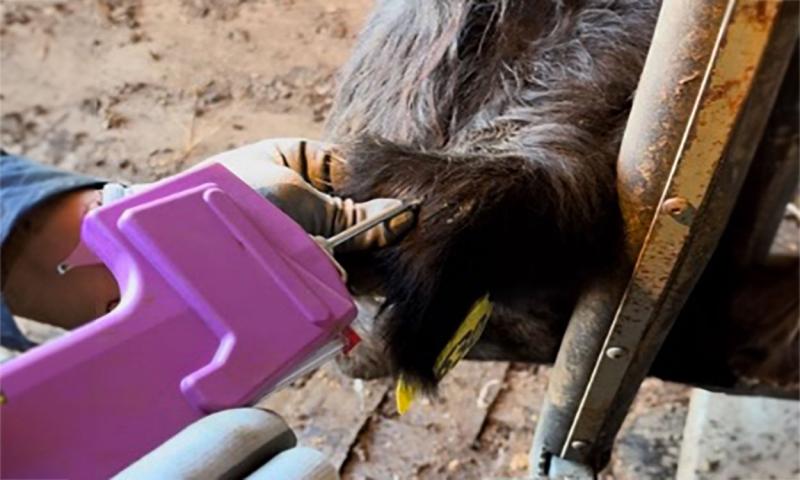
In general, branding makes for a convenient time to administer suckling implants. A review conducted by Selk (1997), demonstrated that the use of a conventional implant increased average daily gain prior to weaning approximately 5% over non-implanted controls. However, the amount of time between spring branding and weaning is often longer than the payout of conventional implants. Re-implanting is a viable option that has been shown to provide benefit beyond that of a single implant prior to weaning (Selk, 1997). Extended-release implants are a useful option, since they would provide coverage for the additional time.
Another implant strategy illustrated by Pritchard et al. (2015), examined the impact of cow age on calf response to an implant administered in May or August. The trial consisted of 3 treatments: 1) non-implanted controls; 2) Synovex C implant administered in May; or 3) Synovex C implant administered in August. Cows 4 years-of-age and greater were considered mature, and those less than 4 years-of-age immature. Steers suckling mature cows achieved greater weaning weights when the implant was administered in May. Conversely, when cows were immature, weaning weights were greater when calves were implanted in August. These data lead to an idealized implant strategy, where steer calves would be implanted either in May or August based exclusively on age-of-dam. This approach would ultimately yield the largest amount of total pounds of calf weaned, as opposed to all steer calves receiving a Synovex C implant in either May or August.
A common concern is that a calf hood implant can negatively impact future post-weaning performance. However, multiple studies have provided evidence that a suckling implant does not reduce subsequent feedlot performance, and the weaning weight advantage was maintained at slaughter (Mader, 1997; Pritchard et al., 2003; Pritchard et al., 2015). This is especially impactful, because, at the end of the day, the whole industry benefits from additional weight.
Proper Technique
The use of growth-promoting implants for nursing calves is an effective method to improve weaning weights, and any of the implants approved for suckling calves will provide positive results. Proper placement is vital to the success of the implant, regardless of brand. Proper implanting technique includes the following considerations.
Safety and Sanitation
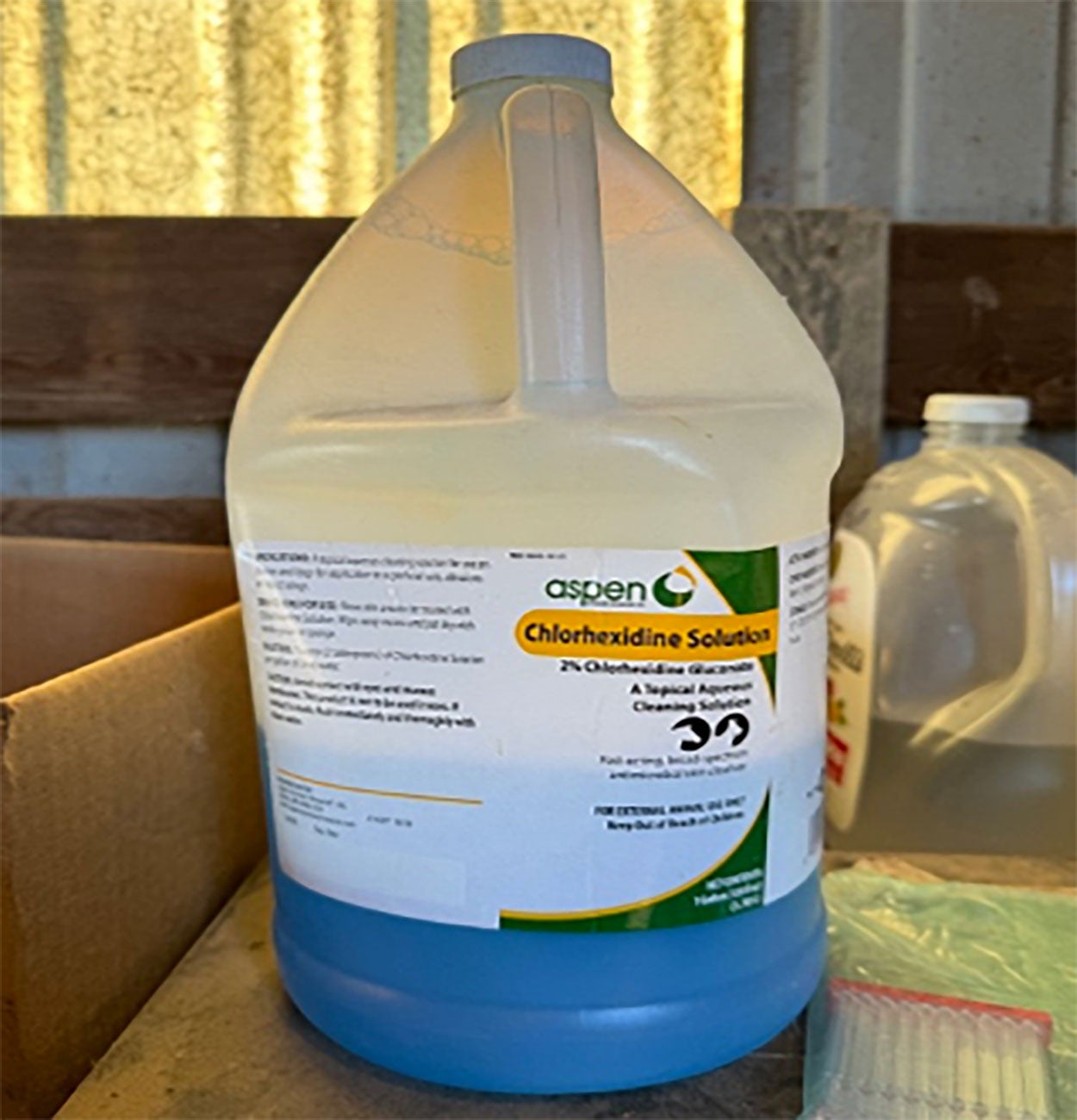
- Properly restrain the calf to ensure that the implant is applied correctly and that you minimize the risk of injury for both animals and people.
- Ears should be free of dirt and manure; if needed, scrub them with a disinfectant prior to implanting.
- Disinfectant (chlorhexidine) should be used between animals to clean the needle.
Using the Gun
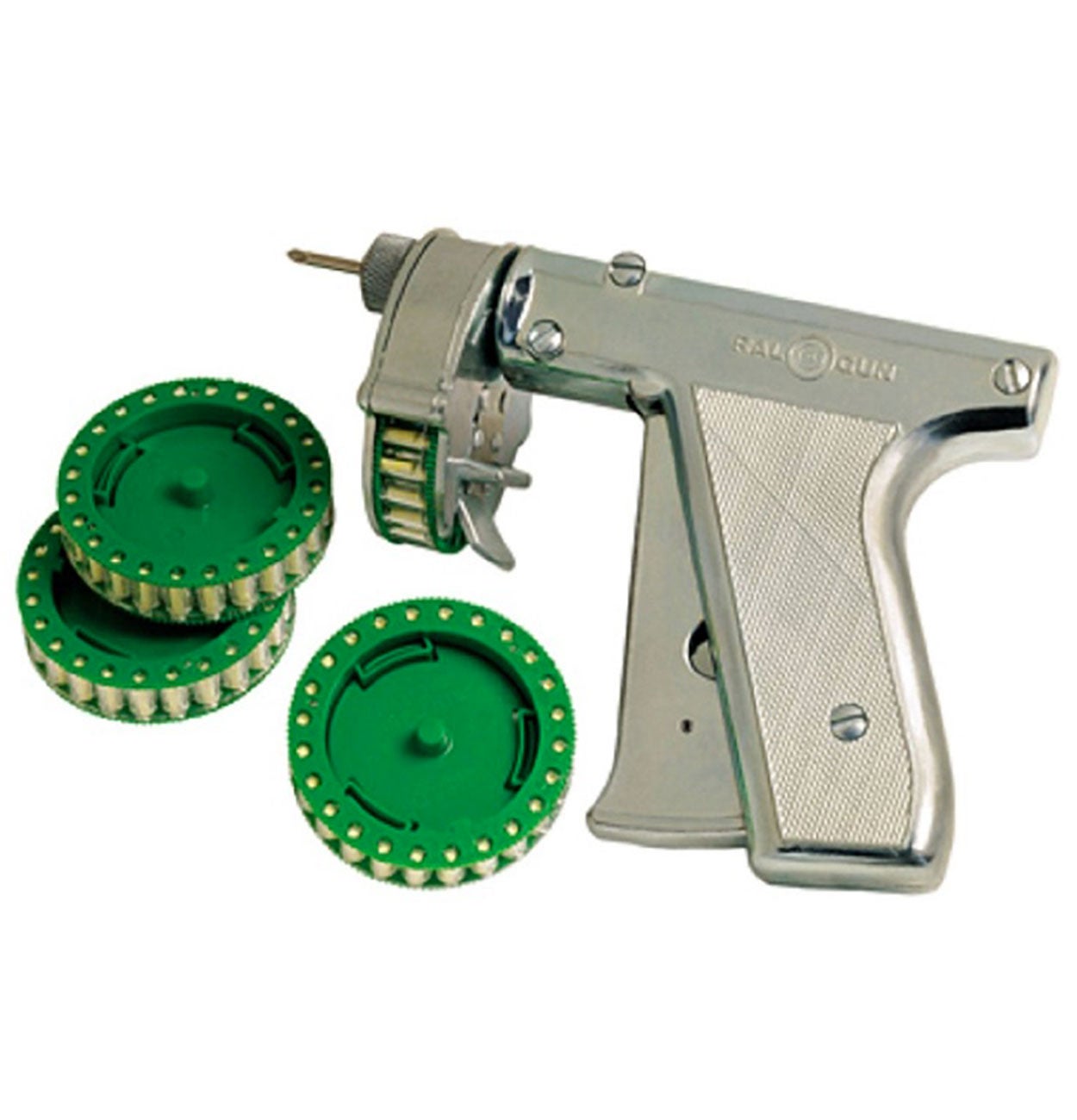
- Use the correct implant gun for the implants being used.
- Check that the needle is sharp and secured to the gun.
Proper Placement
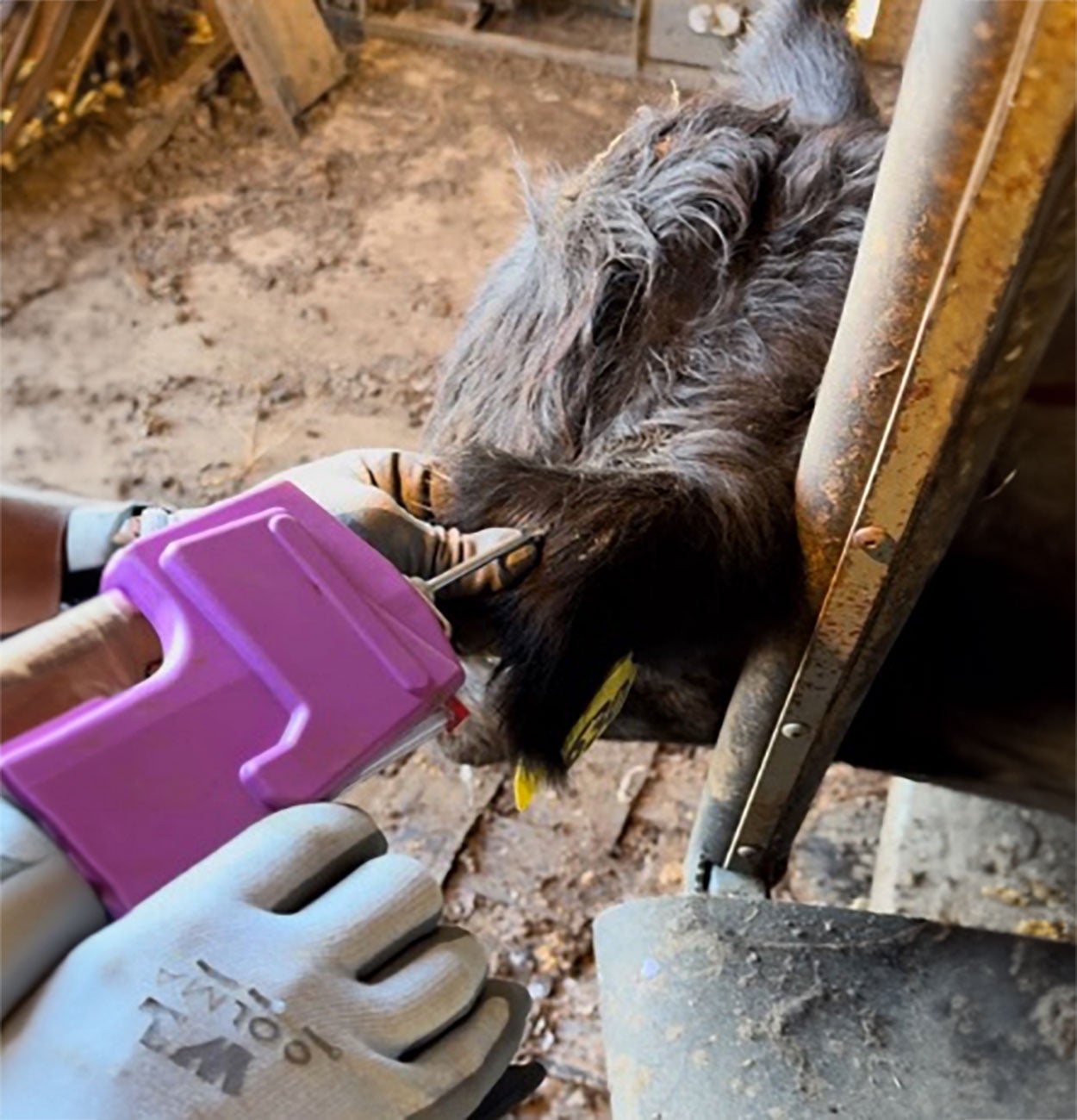
- Implant should be placed between the skin and cartilage in the middle third of the back of the ear.
- Withdraw implant gun as the implant is applied. Applicators should be able to see and feel the implant if placed correctly.

